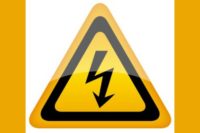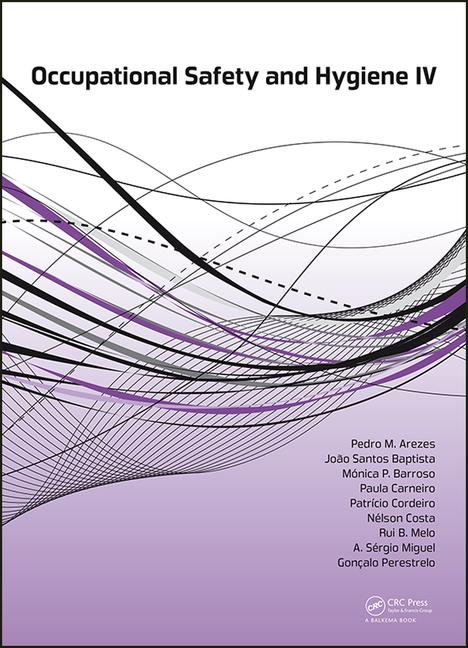In what’s being called a landmark decision, the World Health Organization's (WHO) World Assembly has declared burn-out to be an “occupational phenomenon.” The action opens the door to having burn-out classified in the WHO's International Classification of Diseases (ICD), the newest version of which - ICD-11 - takes effect on January 1, 2022.
The declaration occurred at the WHO’s 72nd annual meeting, which took place in Geneva in May.
Codenamed “QD85,” burn-out is now included in the section on “problems associated with employment or unemployment.”
WHO notes that the term burn-out “specifically refers to phenomena related to the professional context and should not be used to describe experiences in other areas of life.”
First identified in the 1970s, burn-out had not yet been listed in any of the international classifications, such as WHO or the American Psychiatric Association (APA). Job stress, which may be associated with or a cause of burn-out, is addressed by the APA and other mental health and occupational safety and health organizations and agencies.
The UNO’s specialist agency had initially stated that burn-out had been included as a disease in the ICD, a classification used for identifying health trends and statistics. However, the next day a WHO spokesperson issued a revised statement, saying that burn-out was going to be switched from the category “factors influencing health status” to “occupational phenomena,” though without being included in the list of “diseases.”
“Inclusion in this chapter means that burn-out is not conceptualized as a medical condition, but as an occupational phenomenon,” the spokesman clarified in a communiqué.
References:
- Vers une reconnaissance du burn-out comme maladie ?, in : Le Monde, 28/05/2019
- The new WHO classification is available online: https://icd.who.int/browse11/l-m/en#/http://id.who.int/icd/entity/129180281
Source: European Trade Union Institute




